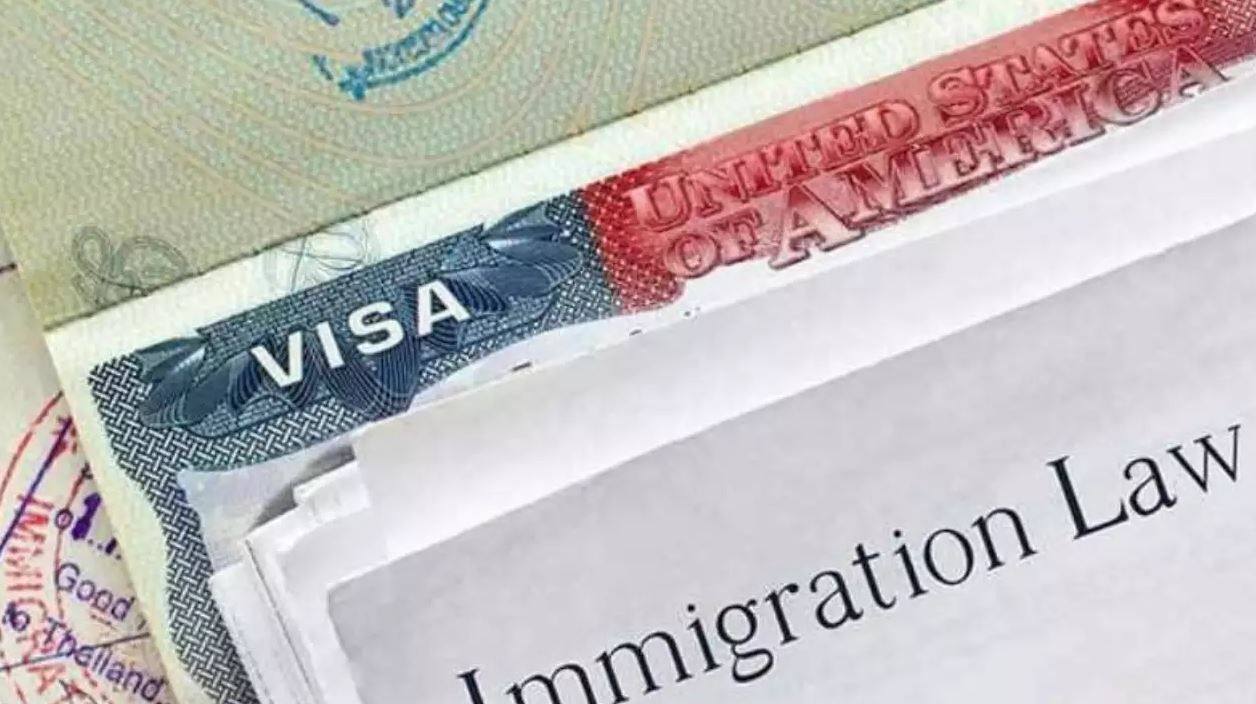Many Indians residing in the United States have been affected by delays in the processing of numerous types of US visas as a result of the outbreak.
For many dependent wives of Indian professionals working in the US on H-1B work permits, the US Citizenship and Immigration Services (USCIS) has been grappling with backlogs since 2020. Some H-4 spouses are able to work in the United States and pursue their own professions. However, they are unable to work without paperwork proving their authorization to do so (EAD).
Before the epidemic, holders of H-4 EAD were required to appear in person for biometrics sessions in order to get approval for H-4 and H-4 EAD extension requests. These appointments were halted for four months between March 2020 and July 2020 due of COVID-19.
Biometrics services for job seekers were resumed, although at a drastically reduced level of operation. Prashant Dubey, a Washington DC-based attorney who specialises in immigration law, explains that the closure of application service centres and limited operating capacity resulted in a backlog of biometrics appointments, which affected the H-4 extension and H-4 EAD extension applications.
Some Indian H-4 visa holders have benefited from the US Department of Homeland Security temporarily relaxing the automatic extension term, which was ordinarily up to 180 days, to up to an extra 360 days for qualifying candidates. Only those in H-4 status and beyond their EAD expiry date benefit from the automatic renewals.” According to Dubey, “The automatic extension regulation does not apply to first-time EAD filers, or those asking for a change of status from another visa category, and those who have H-4 extensions pending.” There are certain applicants who have found it more convenient because biometrics are not required for H-4 extension applications.
However, the processing of H-4 and H-4 EAD extension petitions has been delayed by nearly six months for many Indian families working and living in the United States, resulting in job losses, loss of health insurance, paid maternity leave benefits, and even driving licences for some of them.
Many families had their wages halved as a result of these layoffs. And given the current economic situation and the prospect of a recession in 2020, many Indian families in the United States are struggling to keep up with their financial obligations,” Dubey added.
On August 11, 2020, Shruti Singh (a new name) applied to the USCIS for an extension of her H-4 EAD. Her H-4 EAD work authorization had expired by February 2021, but she was forced to take an unpaid leave of absence from her job as a result of a delay in processing. After that, she received word from her employer that she would be let off on April 1, 2021, and that she would get a $95,000 severance payout as part of the deal.
Additionally, her company would not transfer the severance payout to her until she was still working with them by the termination date of April 1, 2021, which made the situation more complicated. The H-4 EAD card was required for her to be on the payroll of her company.
Because of the delay in processing H-4 work authorization paperwork, a medical professional with an H4 visa, P. Saraswati (name changed), has also been impacted. Since a result, she was unable to begin her medical residency programme on July 1, 2021, as she had not received her H-4 EAD card in time. She faced a year-long delay before she could continue her medical career and get a licence to practise medicine.
According to Dubey, bringing lawsuits against the USCIS may be an option for H-4 visa holders who are experiencing lengthy delays in receiving their EADs. In the previous two years, his his business, Dubey Law Office, has filed 500 lawsuits contesting the delays in H-4 EAD processing that his clients have experienced.
However, it is not a simple task. As a general rule, we advise our clients to wait at least four months after receiving their reception notification before launching a case against the USCIS.” Premium processing does not take place in the courts. It’s impossible, for example,” adds Dubey, “to apply for both an H-4 and an H-4 EAD extension today and to begin litigation tomorrow.
Litigation has proven to be an effective strategy for several of his clients who were facing considerable delays and the possibility of losing their employment, job offers and health insurance. Because of the pandemic-related delays in the processing of H-4 and H-4 EAD extension petitions, many H-4 spouses have encountered irritating situations like as losing their employment, being placed on leave, or being unable to accept new job offers.
We notice a lot of issues with our customers when it comes to the processing delays. Their applications have been sitting in the queue for months or even years. Another recurring element is the difficulty or unwillingness to embrace new employment opportunities. As a result, those without an EAD card will not be able to keep their jobs or find new ones, says Dubey.
